Lord Vishnu and his avatars: The worship of Vishnu is different forms
TOI Lifestyle Desk | ETimes.in | Last updated on - Jul 4, 2024, 08:26 ISTShare fbsharetwsharepinshareComments (0)
01/7Vishnu - The operator of the Universe

For Hindus all over the world, the word ‘GOD’ means Generator, Operator, and Destroyer. While Brahma ji is the generator, and Lord Shiva is the destroyer, the duty of ensuring smooth operations falls on Lord Vishnu, and so he becomes the Operator deity. He is the preserver and protector of the universe, responsible for maintaining cosmic order.
Here we mention the different forms and avatars in which Lord Vishnu is worshipped in different regions of India.
02/7Banke Bihari in Vrindavan


Vrindavan is a major centre of Krishna worship, and Shri Krishna is one of the most beloved avatars of Vishnu. Here, Krishna is seen as Banke Bihari, an avatar who is loved and celebrated for his playful and loving nature. Devotees sing bhajans and perform kirtans inside the temple, and during Krishna Janmashtami there is also Jhulan Yatra, where the deity is placed on a swing to entertain his little form.
Plus, there are curtains that separate Banke Bihari from the public as it is believed that Krishna in his Baal avatar can be easily hypnotised by people’s love and care.
03/7Lord Jagannath in Puri


In Odisha, Lord Vishnu is worshipped as Jagannath, a form that symbolises universal love. The Jagannath Temple in Puri is also one of the Char Dham pilgrimage sites. The most famous festival in Puri is the Rath Yatra, where massive chariots carry the deities Jagannath, Balabhadra, and sister Subhadra through the streets, to the Gundicha temple.
Lord Jagannath’s idol is also quite distinct as opposed to other forms of Lord Vishnu as one can only see his face, enormous eyes, and half his hands. It is said that his big eyes are a sign of his omnipresence and his message that he is overseeing everyone around the world.
04/7Lord Ram in Ayodhya


The grand Ram temple that was inaugurated in Ayodhya with the Pran Pratisththa in January 2024 has quickly become one of the leading Ram temples across India. Ayodhya, the birthplace of Lord Ram, now houses him in his ‘baal’ avatar, and so he is called ‘Ram lalla’.
Lord Ram is considered to be the epitome of a good leader, king, and husband. From going into vanvas on Kaikeyi wishes to defeating the Lanka King to rescue Mata Sita, Lord Ram was an excellent warrior, son, and God.
05/7Vitthal in Maharashtra


In Maharashtra, Lord Vishnu is worshipped as Vitthal or Vithoba. Vitthal is shown standing on a brick, hands on his waist, almost as if he is waiting for his devotees to come in.
The worship of Lord Vitthal is closely related with the Varkari tradition. Every year in the Ashada month a bunch of people make a pilgrimage to Pandharpur, and the ‘Wari’ ends in Vithoba temple after a journey of about 21 days.
06/7Badrinarayana in Badrinath


In Uttarakhand, Lord Vishnu is worshipped in the form of Badrinarayan. The Badrinath temple in Uttarakhand is one of the important pilgrimage sites and a part of the ‘Char Dham Yatra’. Here, Lord Vishnu is in a meditative posture, as it is said that Lord Vishnu performed meditation and penance over here.
Millions of people visit Badrinath every year as part of the Char Dham Yatra to purify themselves of their sins.
07/7Tirupati Balaji in Andhra Pradesh


Tirupati in Andhra Pradesh is home to the Venkateswara Temple, dedicated to Lord Venkateswara, another form of Vishnu. Tirupati Balaji is also known as one of the wealthiest and most visited temples in the world. Devotees who visit Tirupati Balaji often fulfil vows by donating money, gold, or their hair, which is seen as a symbol of surrender to the ultimate operator of the Universe.



































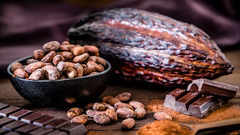





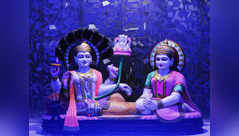

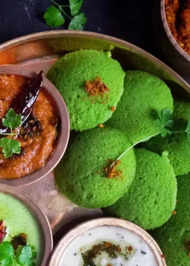
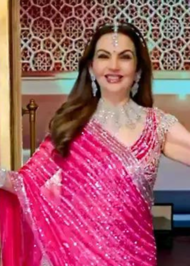





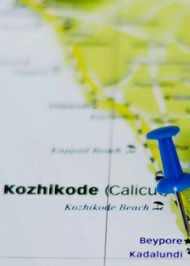








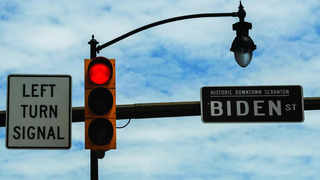
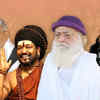


closecomments
SIGN IN WITH
GoogleEmail